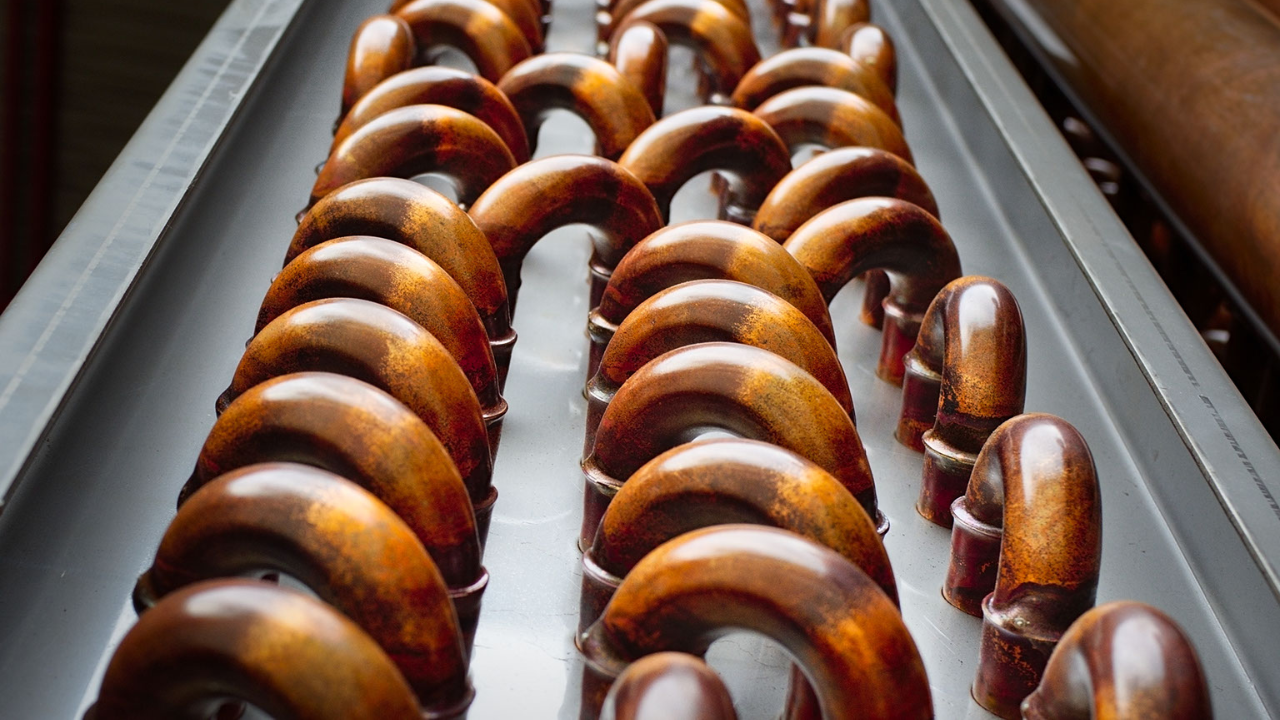Unraveling the Chill: How to Fix Frozen Evaporator Coils on Your HVAC Unit
We do not recommend trying to fix frozen evaporator coils on your HVAC unit. This blog article is strictly for educational purposes.
A frozen evaporator coil is a common issue that can plague your HVAC unit, hampering its cooling performance and potentially leading to system breakdowns. If you find your air conditioner blowing warm air or notice ice forming on the indoor unit, it’s likely that the evaporator coils have frozen. In this blog, we’ll guide you through the step-by-step process to troubleshoot and fix frozen evaporator coils, helping you restore your HVAC system’s efficiency and comfort.
Step 1: Turn Off the HVAC System
Safety should always be your priority. If you suspect frozen evaporator coils, the first thing to do is turn off the HVAC system. Continuing to run the unit in this condition can lead to severe damage to the compressor or other components.
Step 2: Allow the Coils to Thaw
After shutting off the HVAC system, it’s time to allow the evaporator coils to thaw. This process can take several hours, depending on the extent of the freezing. You can accelerate the thawing process by turning on the fan mode without activating the cooling function. Additionally, place towels or absorbent cloths around the indoor unit to catch the melting ice and prevent water damage.
Step 3: Check Airflow and Filters
Once the coils have thawed, it’s essential to identify the root cause of the freezing issue. Restricted airflow is one of the primary culprits behind frozen evaporator coils. Inspect the air filters and ensure they are clean and free from dust and debris. If the filters are dirty, replace them with new ones or clean reusable filters according to the manufacturer’s instructions.
Step 4: Verify Refrigerant Levels
Low refrigerant levels can also cause the evaporator coils to freeze. However, checking and adjusting refrigerant levels is a job for a licensed HVAC technician. Refrigerant handling requires specialized tools and expertise, so it’s best to contact a professional to handle this aspect of the repair.
Step 5: Examine the Blower Fan
A malfunctioning blower fan can disrupt the airflow, leading to coil freezing. Inspect the blower fan for any issues, such as loose blades, worn-out belts, or motor problems. If you notice any problems, contact an HVAC technician for repairs or replacements.
Step 6: Check for Blocked Vents and Registers
Blocked or closed vents and registers can cause uneven airflow and result in a frozen coil. Make sure all vents and registers are open and unobstructed to allow the air to flow freely throughout your home.
Step 7: Assess the Thermostat
A faulty thermostat can cause your HVAC system to run longer than necessary, potentially leading to frozen coils. Check your thermostat settings and ensure it is functioning correctly. If you suspect a problem with the thermostat, consider calibrating it or replacing the batteries as a first step.
Step 8: Schedule Professional Maintenance
While the steps mentioned above can help troubleshoot and fix minor issues causing frozen evaporator coils, a comprehensive and preventive solution lies in professional HVAC maintenance. Regular maintenance by a qualified technician includes cleaning the coils, checking refrigerant levels, inspecting electrical components, and ensuring overall system efficiency. Scheduled maintenance can prevent coil freezing and identify potential problems before they escalate.
Call Us Today to get a free HVAC Repair Quote
Fixing frozen evaporator coils on your HVAC unit is a task that requires attention and care. By following these steps and addressing the root causes of the issue, you can restore your system’s performance and prevent future coil freezing. Remember that some aspects, such as refrigerant handling and complex electrical repairs, should be left to trained professionals. By combining DIY troubleshooting with professional maintenance, you can ensure your HVAC system operates efficiently and keeps you comfortable throughout the seasons.


